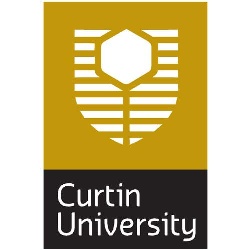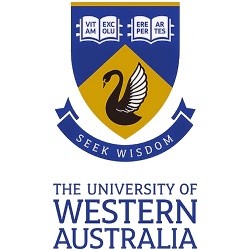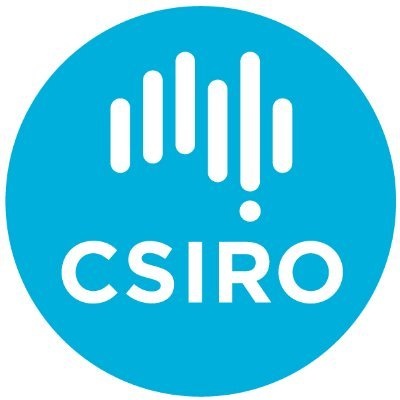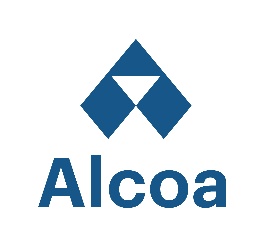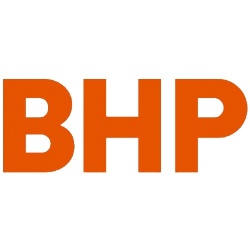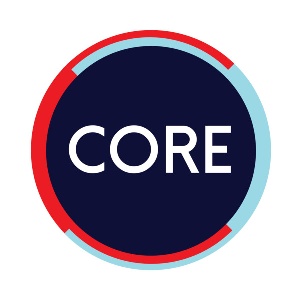Gabriel is an engineer with a demonstrated history of working in the mining & metals industry. He is passionate about asset management, reliability engineering and technology. Gabriel completed his studies in Acoustic Engineering and Data Science. He has worked with Komatsu in Chile, where he was responsible for conducting feasibility studies for introducing automated data-driven processes for assets health and condition assessment. Gabriel is completing his PhD under the supervision of Dr Aloke Phatak (Curtin) at Curtin University. Gabriel’s research will provide advanced technological tools for establishing inspection intervals. Optimal inspection intervals can be deployed as maintenance policies that will: Gabriel industry placement have been with BHP and Alcoa. At BHP Nickel West Gabriel built a Dashboard in SPOTFIRE for the Maintenance Planning supervisor and team, with real time insight into the planning process. The dashboard leveraged MWO risk ranking to display different views of the planning process. A secondary benefit is the combination of the equipment criticality analysis and the original MWO risk ranking to escalate the risk of MWOs that have been on the backlog a long time to appropriately place the MWO in the current backlog. At Alcoa Gabriel completed a project examining the frequency of pipe inspection intervals. The frequency with which pipe thickness measurements are made is a trade-off between risk of failure and the cost of making the ultrasonic thickness measurements. If the frequency can be reduced without reducing risk, significant cost-savings can be achieved. His work produced measurable cost savings and influenced the topic of his PhD. PHD Research - Risk-Based Inspection Interval Estimation: A Practical Approach A Western Australian operator has more than three thousand units of pipes across one of their multiple industrial facilities. This complex pipeline system transports different fluids through the production process. Because of the nature of the process, pipes degrade and are vulnerable to undesirable events such as leaks (Zhang et al., 2012). Therefore, in order to control and prevent these events, an inspection program is carried out by tracking the remaining wall thickness of each unit. Trained specialists examine each pipe by means of ultrasonic gauges and afterward storing the measurements into a maintenance database.
Gabriel’s research will provide advanced technological tools for establishing inspection intervals. Optimal inspection intervals can be deployed as maintenance policies that will:• Reduce the total cost of ownership of assets;
• Reduce the exposure of personnel to hazardous environments; and
• Simplify maintenance operations by reducing the workload on planners and schedulers.
There is no content with the specified labels
-
Page:
-
Page:
-
Page:
There is no content with the specified labels
There is no content with the specified labels
